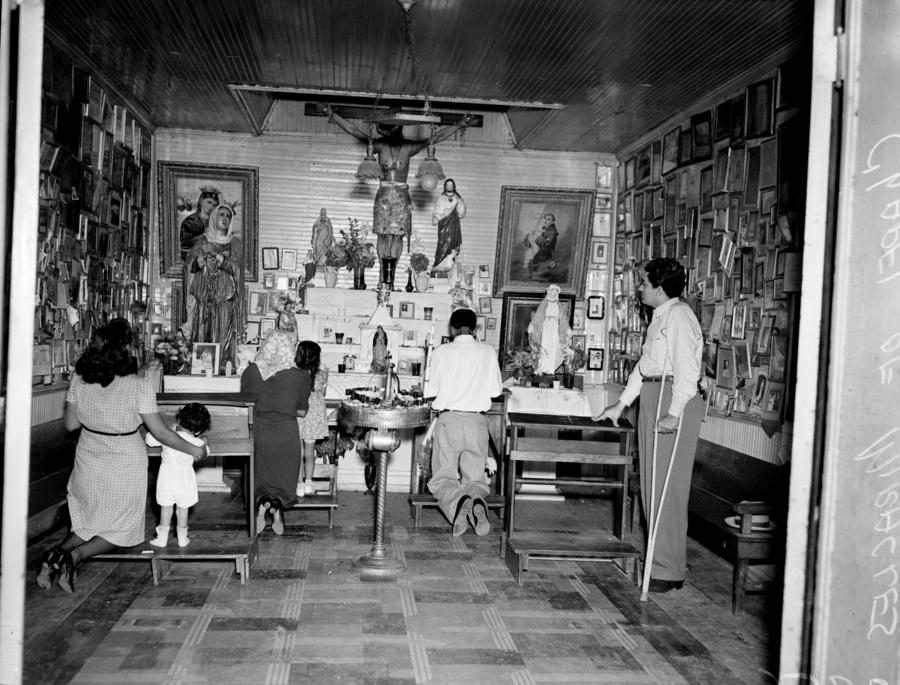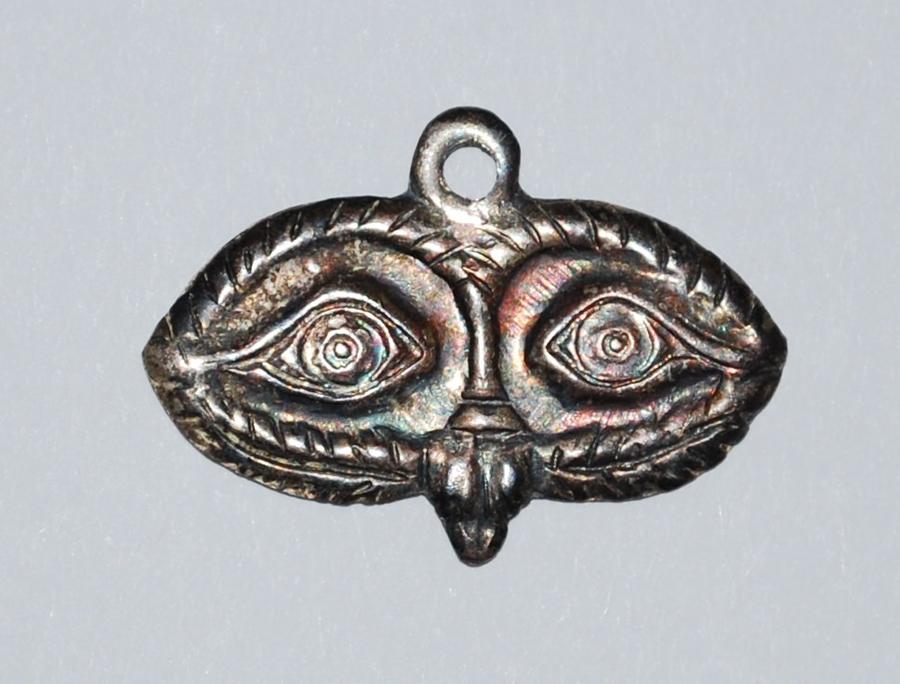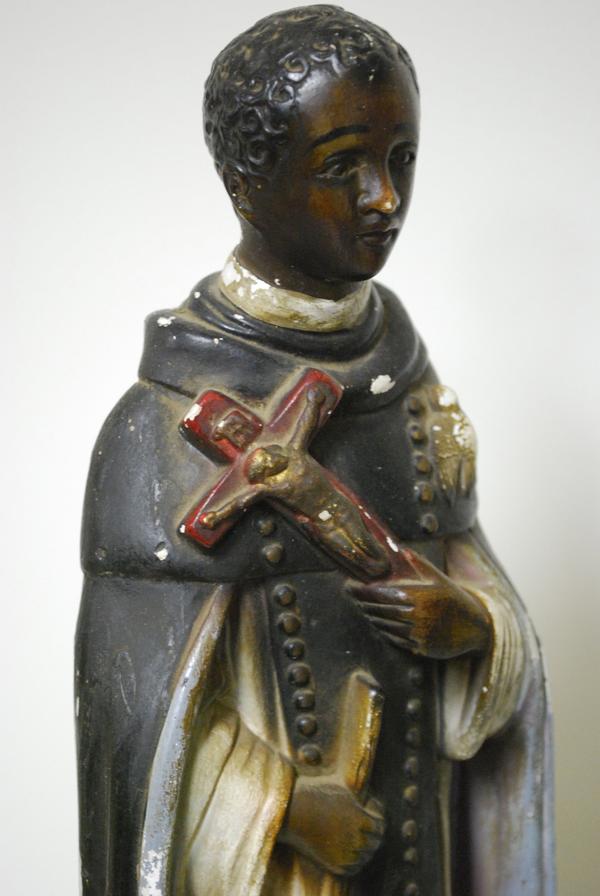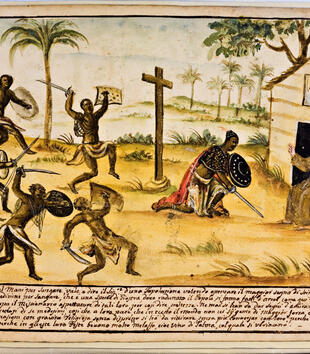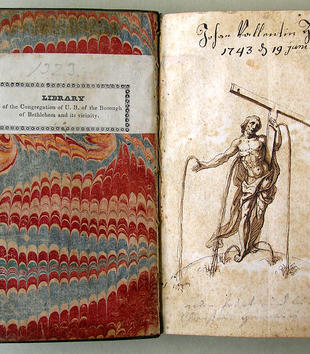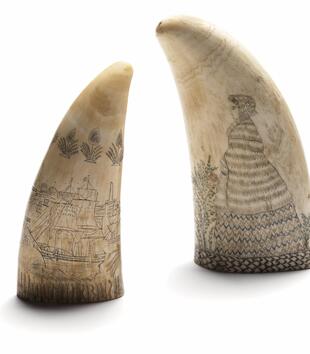No exact date is known for the founding in San Antonio, Texas, of the Capilla de Nuestro Señor de los Milagros (Chapel of the Lord of Miracles), or Capilla de los Milagros, as it is sometimes called. Most sources agree that around 1813 local residents rescued a crucifix from a fire or other disaster at San Fernando parish and subsequently enshrined it in a private chapel. Members of two families named Ximénez and Rodríguez, who are joined by marriage, have served as caretakers of the site and its sacred image. Although throughout its history local clergy have reportedly responded to this private chapel with lackluster support or even hostility, by the end of the nineteenth century it had become a popular pilgrimage site. Visitors to the shrine and its central Christ image offer both their orations and material expressions of their prayer such as lighted candles, flowers, or milagritos1—miniature hands, arms, or other limbs presented in thanksgiving or intercession for the healing of particular body parts or illnesses (Fig. 2). Mementos like the crutches of the lame left behind at the chapel provide silent testimony of the cures devotees attribute to prayers offered there.
Mexican émigrés dramatically increased San Antonio’s Mexican-descent population during the first decades of the twentieth century, further enhancing the chapel’s popularity. Assisted by freewill offerings from this growing number of devotees, the chapel’s caretakers embellished the sacred space in their charge with various statues of Jesus, Mary, and the saints, as the accompanying 1942 photograph illustrates (Fig. 1). So many visitors left milagritos that they soon completely covered the loincloth on the Señor de los Milagros crucifix. Devotees also covered the chapel walls with letters, crutches, locks of hair, and photographs of those who received divine assistance from prayers offered at the chapel, as well as retablos,2 paintings that offered testimonials and expressions of gratitude for favors rendered.
After World War II San Antonio’s increasing urbanization encroached on the chapel and threatened its very existence. Originally located among the family homes in a Mexican barrio, the chapel stands now virtually in the shadow of Interstates 10 and 35 (on Salado Street near its intersection with North Frio), surrounded by a large warehouse and an apartment building. Successful community efforts to save the chapel from destruction or relocation culminated in the site’s entry in the National Register of Historic Places during the early 1980s.
Over time devotees have enshrined a wide array of imagery, displacing many of the retablos that had previously lined the chapel walls. Reflecting the preferences of chapel caretakers and visitors who donated representations of their favorite patrons and spiritual guides, this iconography encompasses canonized saints and celestial beings like San Martín de Porres (Saint Martin of Porres) (Fig. 3), St. Theresa of Lisieux, St. Anthony, the infant of Prague, el Santo Niño de Atocha (The Holy Child of Atocha), and various Marian images. It also includes images of figures such as Don Pedro Jaramillo, a popular nineteenth-century curandero (faith healer) in south Texas. As has been the case since the chapel’s foundation, today people of varied races and backgrounds visit, but the overwhelming majority are Mexican-descent devotees—men, women, and children. Chicana novelist Sandra Cisneros remarked aptly in a 1992 New York Times Magazine article that the Capilla de los Milagros is a place "no bigger than a garden shed" where visitors encounter "a hundred flickering candles, a hundred needs." The comment of one elderly man I met at the chapel sums up the views of numerous devotees. As he left the chapel after lighting a candle and spending some time there in silence, he responded simply to my inquiry about his reasons for visiting that day: "Nunca me falla" (He never fails me; the Señor de los Milagros never fails me).
